Overview
The HEL1OS, the high-energy L1 Orbiting X-ray Spectrometer attached to ISRO’s Aditya L-1 satellite, has successfully captured the initial high-energy X-ray insight into solar flares.
The Indian Space Research Organization (ISRO) announced this information on X, revealing that HEL1OS onboard Aditya L-1 recorded the impulsive phase of solar flares during its maiden observation period around October 29.
What is HEL1OS?
The High Energy L1 Orbiting X-ray Spectrometer (HEL1OS) is a state-of-the-art X-ray spectrometer that constitutes a crucial component of the Aditya-L1 Solar Mission by the Indian Space Research Organization (ISRO).
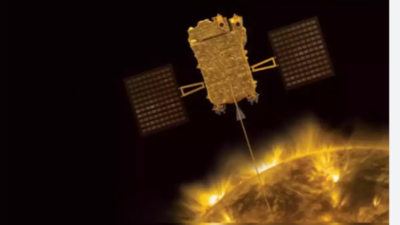
This remarkable instrument operates within a broad X-ray energy range from 10 to 150 keV. HEL1OS is a pivotal tool for monitoring and understanding solar flaring activities, as it has the unique capability to capture the initial impulsive phase of solar events on the Sun.
What are Solar Flares?
A solar flare, a sudden and intense burst of brightness in the Sun’s atmosphere, releases an extraordinary amount of energy in mere minutes, spanning various electromagnetic wavelengths from radio waves to gamma rays.

Understanding the initial impulsive phase of solar flares, characterised by complex hard X-ray emissions with multiple spectral components and rapid fluctuations, has long posed challenges.
The HEL1OS overcomes these difficulties with a tailored set of detectors that cover distinct energy ranges, offering high spectral and time resolution measurements. HEL1OS promises to unlock crucial insights into these phenomena, advancing the comprehension of the Sun’s dynamic behaviour.
The First Light detected by HEL1OS
HEL1OS, initiated on October 27, 2023, has diligently monitored the Sun, particularly regarding complex X-ray activities.
On October 29, 2023, between approximately 12:00 and 22:00 UT, HEL1OS captured its first-ever images of solar activity in X-rays. These observances were then compared with data from the GOES (Geostationary Operational Environmental Satellite) Satellite during the same time frame.
Notably, the most significant event during this period was a C6 class flare at 13:00 UT. What sets HEL1OS apart is its ability to capture the impulsive phase of solar flares, characterised by a brief and early surge in X-ray emissions.
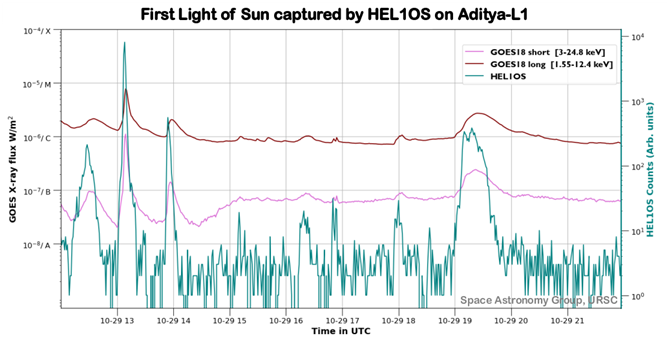
This distinctive feature is visible in the HEL1OS light curve and distinguishes it from the GOES data. Moreover, the HEL1OS data revealed some subtle impulsive events not as clearly represented in the GOES light curve.
An in-depth analysis of HEL1OS data will help scientists resolve if these weaker GOES events offer interesting insights into electron acceleration processes.
How has the HEL1OS been designed?
HEL1OS results from collaborative efforts between the Space Astronomy Group of the U. R. Rao Satellite Centre, ISRO, Bengaluru, and various entities within the centre, underscoring its development as a collective achievement.
HEL1OS incorporates a unique design featuring two distinct types of detectors.
The first is the Cadmium Telluride (CdTe) detector, which operates within the 10-40 keV energy range. The second is the Cadmium Zinc Telluride (CZT) detector, functioning between 20-150 keV.
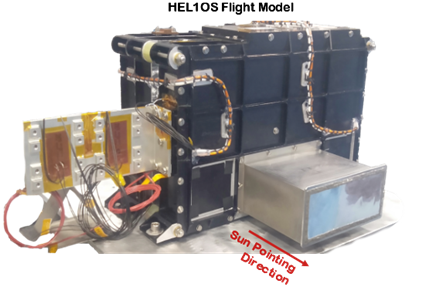
To achieve a total geometric area of 32 cm^2 (4 cm x 4 cm per module) and cover the energy range of 20 keV to 150 keV, two CZT detectors are employed. Each of these detectors is pixelated with 256 individual pixels, each measuring 2.46 mm x 2.46 mm.
On the other hand, the CdTe detector, known for its superior energy resolution at lower energies, is utilised for spectroscopic studies ranging from 10 to 40 keV.
Here, a total geometric area of 0.5 cm^2 is obtained using two CdTe detectors, each with an area of 0.25 cm^2.
These two distinct detector types are essential to meet the scientific requirements, allowing HEL1OS to cover the critical overlap between the thermal and non-thermal components of solar flares.
What is the Aditya L1 mission?
The Aditya L1 mission represents a groundbreaking Indian space endeavour, poised to become the country’s pioneering space-based mission dedicated to the comprehensive study of the Sun.
Positioned in a strategically advantageous halo orbit around the Lagrange point 1 (L1) of the Sun-Earth system, located approximately 1.5 million kilometres from Earth, Aditya L1 offers the unique advantage of continuous, uninterrupted observation of the Sun, free from any eclipse.
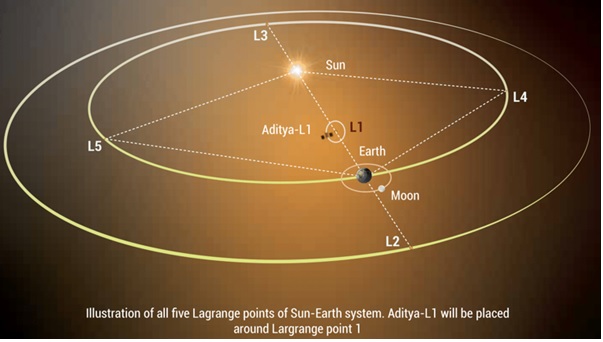
This exceptional vantage point equips the spacecraft with the capability to monitor solar activities and their real-time impact on space weather, thus furthering our understanding of the Sun’s dynamic behaviour.
The mission carries a suite of seven specialised payloads designed to investigate various layers of the Sun, including the photosphere, chromosphere, and the outermost corona, using a range of electromagnetic, particle, and magnetic field detectors.
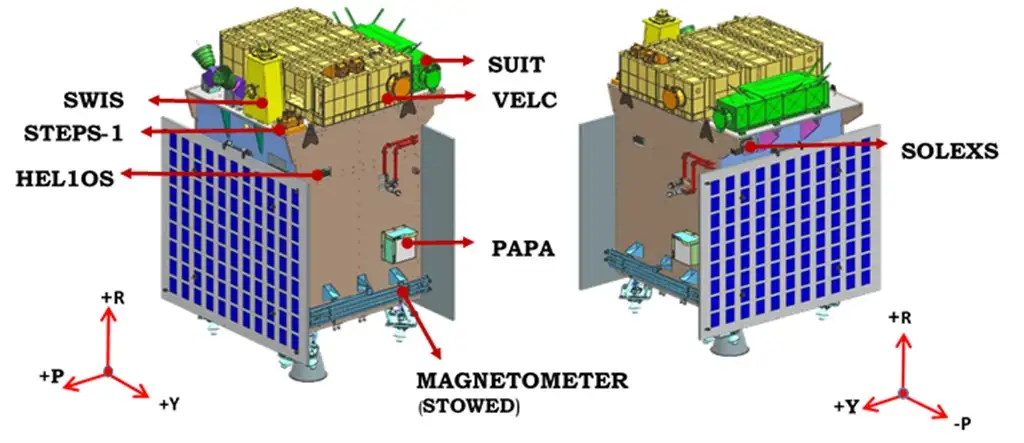
These instruments are poised to unravel crucial mysteries surrounding solar dynamics, coronal heating, coronal mass ejections, flares, space weather, and the propagation of solar-related phenomena throughout the interplanetary medium.
Aditya L1 is expected to provide vital insights into the intricacies of the Sun’s behaviour and its influence on our space environment, ultimately enhancing our knowledge of these cosmic phenomena.
Also Read: Vikram-1: Skyroot’s Orbital Triumph in India’s Space Ascent












Comments 2